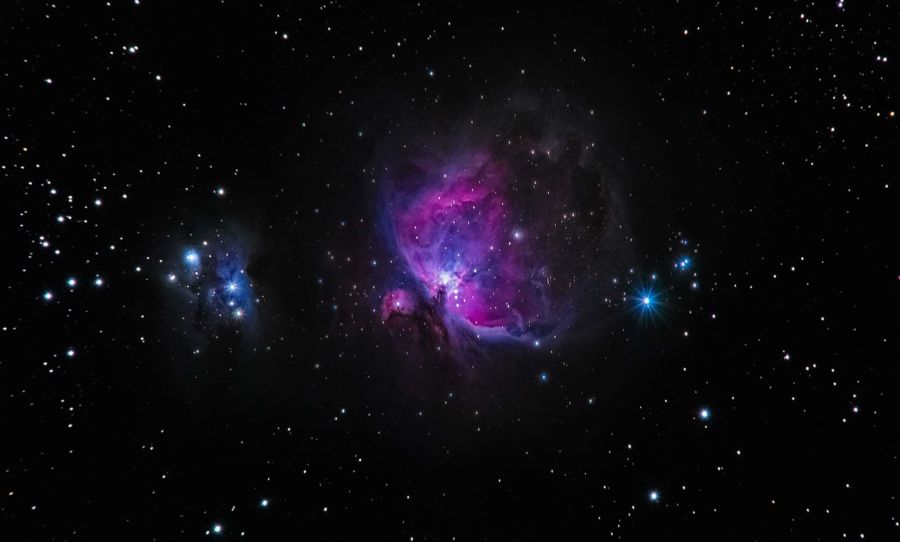Stars can sing – and here is the proof
A new study, published in Nature and penned by Claudia Reyes from the Australian National University, has discovered that stars actually produce a kind of “music” – in the form of starquakes.
These are vibrations that ripple through the star when bubbles of gas burst at its surface. And according to new research, these vibrations could reveal a lot more about stars than we initially thought.
Claudia Reyes team took a deep dive into the frequencies of starquakes in a cluster of stars called M67, located nearly 3,000 light years away. The research used data from NASA’s Kepler space telescope’s K2 mission, which gave the team the chance to track how stars evolve as they enter the giant phase of their life cycle.
What they found is pretty intriguing: when giant stars go through their later stages, the frequencies of their vibrations tend to get “stuck” at certain points. It’s a bit like a record skipping on a note, but in the case of stars, it happens when their outer layer gets deep enough to reach a sensitive part of the star’s interior. This causes the sound waves to behave differently, and, importantly, it gives astronomers a new way to measure the star’s age and learn more about its inner workings.
The research also challenges some earlier assumptions about how starquakes work. While stars like the Sun produce vibrations that tell us a lot about their current state, older stars—like red giants—are more complicated. The small spacing between certain frequencies in these stars has traditionally been seen as a minor detail, offering little new information. But the team’s findings show that these small frequency spacings can provide valuable clues about what’s happening inside these stars, especially as they transition from burning hydrogen to using other fuels.
This discovery is more than just a cool space fact—it could help astronomers better understand the history of stars, the Milky Way, and even our own Sun. Stars act as records of their environments, so studying them closely lets us piece together the bigger story of how our galaxy has evolved over time.
In short, this new research opens up fresh ways to listen to the stars and dig deeper into the secrets of our cosmic neighbourhood.
Check out the published article here.



